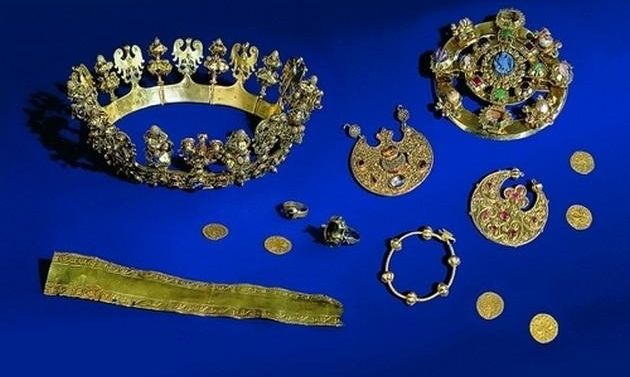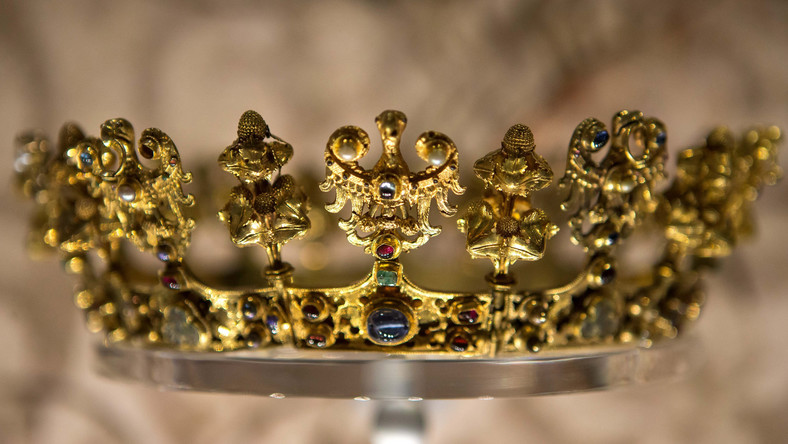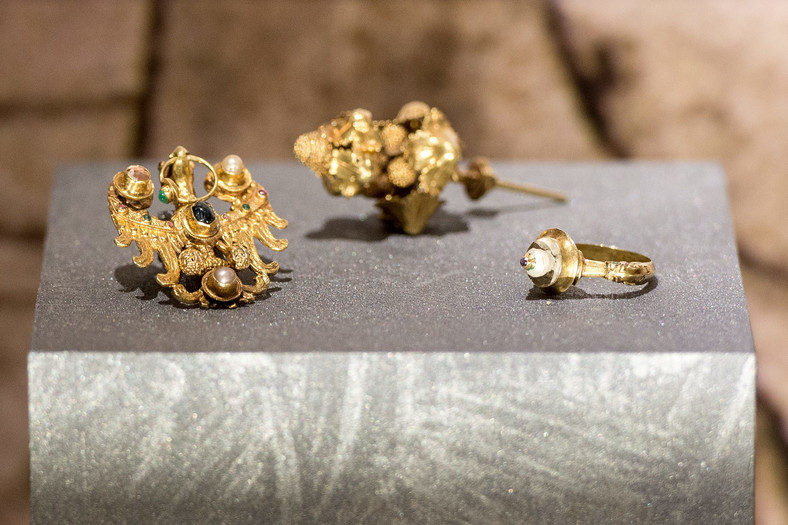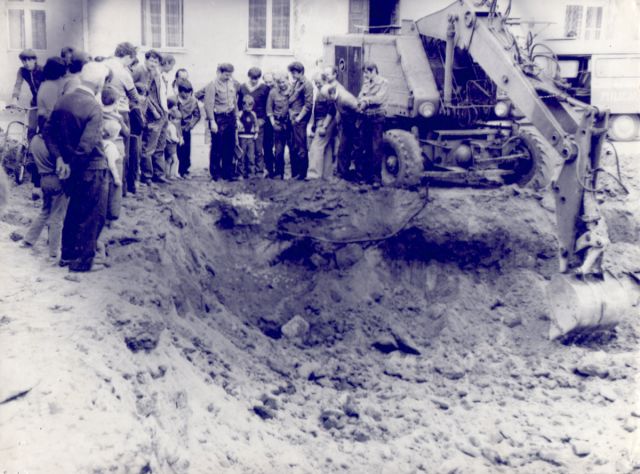Nádhera kua to by byl kop 😁
24.3.1985 Treasure from Silesian Wednesday
Categories: Calendar , Nálezy nejenom s detektorem kovů ve východní Evropě
More than thirty years ago, a treasure was unearthed during construction work in the centre of the Polish town of Silesian Wednesday. It contained medieval coins and jewellery. For example, a golden female crown that probably adorned the head of Blanka of Valois or Eliška Premyslovna.
Workers came across the first artefacts in 1985, the last three years later. These are real gems, which, according to experts, must have belonged to a leading European noble family. Hardly anyone else who was not in power could have afforded to buy something like this. The discovery of such important objects caused an unprecedented stir in Poland at the time.
It is one of the most beautiful and important treasures found in Europe during the twentieth century. Its total value exceeds one hundred million dollars. Silesian Wednesday used to belong to the Czech kingdom. This probably explains that the treasure also contained Prague grosz and gold florins referring to John of Luxembourg. Some experts say that the treasure probably originally belonged to the Luxembourgers.
The most valuable are the goldsmith's objects, eleven of which were found in Silesian Wednesday. According to the artistic workmanship, the jewels are similar to those made in Paris. The rarest is the aforementioned queen's crown from the beginning of the 14th century. It consists of thirteen slats on which heraldic figures of eagles or eaglets alternate. It is decorated with jewels, pearls and enamel trefoils. It is the only medieval crown of its kind in existence, which makes it a priceless relic.
The treasure also included a circular lady's clasp with gems and a chalcedony cameo in the shape of an eagle, a gold bracelet with wrought eagles, two pairs of gold lunette earrings and three rings.
The treasure was found in the former Jewish quarter. In the Middle Ages, it was Jews who made a living, for example, by lending money. It is said that the royal chancellor John of Středa, who was born in Silesian Středa, brokered a large loan from a local moneylender. This was for Charles IV, son of John of Luxembourg. Perhaps this is how the jewels and coins came to the now Polish town. The treasure was hidden for about six hundred years. It's possible that some of it was stolen earlier. The owner probably hid it in the 14th century when a pogrom threatened. In 1362, the Jewish community in Silesian Centre was even liquidated.
A part of the treasure could be seen, for example, ten years ago in Prague at the Royal Marriage exhibition at the Stone Bell House. The complete collection was exhibited by the museum in Wrocław. "Every museum has something that makes it unique. We have many monuments that are worth seeing, but the treasure from Silesian Centre far surpasses them. It is a beautiful example of noble taste and masterful goldsmithing," said Piotr Oszczanowski, director of the National Museum in Wrocław.
Want to find some treasure too? Check out our metal detectors.




Sources: https://wiadomosci.onet.pl/, https://businessinsider.com.pl/, www.rp.pl, www.eurozpravy.cz
The article is included in categories:
- Archive of articles > Calendar
- Archive of articles > Archaeology > Finds and rescue research abroad > Nálezy nejenom s detektorem kovů ve východní Evropě
Post
Tohle je něco nádherného, díky za článek. 
To je nádhera.
...no jo židovští lichváři 😆😆😆😆 Pújčovali si od nich i králové.... Treba i Premysl Otakar II. a to i kralovskou korunu.
Věděli jste, že když Švédi za třicetileté vàlky obléhali Brno, tak kupovali za draho střelný prach od židů ? Kupovali od nich a nikdo si nedovolil jim to proste sebrat a nezaplatit .A proč asi ?
malá oprava: Pújčovali si od nich i králové.... Treba i Premysl Otakar II. a to i za kralovskou korunu. 








